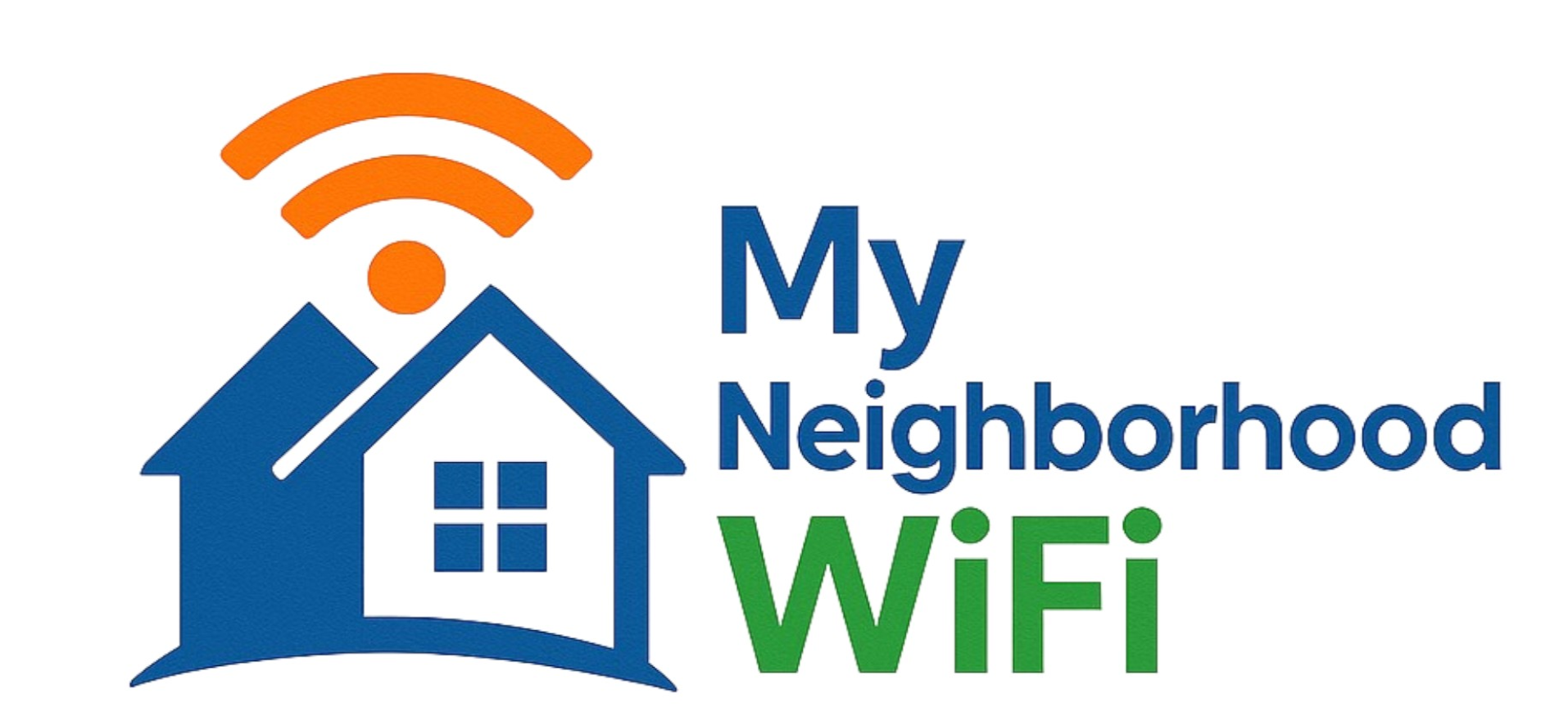
Weighing the Pros and Cons of DSL Internet for Your Home Connection
If you’re exploring home internet options, you may have stumbled upon DSL Internet as one of the contenders. DSL (Digital Subscriber Line) has been around for decades and remains a popular choice for many households — especially in areas where fiber or cable internet isn’t widely available. Before committing to a plan, it’s worth understanding the full picture: how DSL works, what makes it appealing, and where it might fall short in today’s internet-driven world.
What Exactly Is DSL Internet?
DSL stands for Digital Subscriber Line, a technology that provides internet access through your existing telephone line — but unlike dial-up, DSL allows you to use the internet and your phone simultaneously. This is achieved by separating the frequency bands used for voice calls and internet data.
Your home connects to the provider’s nearest central office through copper telephone wires. From there, data travels through the provider’s network to the internet. Because it uses established infrastructure, DSL tends to be more accessible in areas where other broadband types haven’t reached.
Types of DSL
There are two main types of DSL used for home connections:
- ADSL (Asymmetric DSL): Offers faster download speeds than upload speeds — common for most home users.
- SDSL (Symmetric DSL): Provides equal upload and download speeds — often used for business needs.
How DSL Works: A Simple Breakdown
When you connect your DSL modem to the phone line, the modem communicates with a device at your provider’s office called a DSLAM (Digital Subscriber Line Access Multiplexer). This equipment aggregates many users’ signals, separates them from voice frequencies, and sends your internet traffic out to the web.
| Component | Role in DSL Connection |
|---|---|
| Phone Line | Physical copper wiring that carries your internet signal |
| DSL Modem | Converts data between digital signals and those used over copper lines |
| Central Office DSLAM | Connects your signal to the broader internet network |
The Pros of DSL Internet
Let’s start with the strengths. For many households, DSL internet offers several reliable advantages — especially when it comes to affordability and accessibility.
1. Wide Availability
DSL internet is available in many rural and suburban areas that may not yet have access to fiber or cable internet. Because it relies on the existing telephone network, installation is often quick and doesn’t require major construction.
2. Always-On Connection
Unlike older dial-up connections that blocked your phone line when in use, DSL provides an “always-on” connection. You can browse the internet and make phone calls at the same time without interruptions.
3. Affordable Pricing
DSL tends to be one of the more affordable broadband choices. For budget-conscious consumers, it can deliver sufficient performance for tasks like browsing, streaming, and video conferencing without the high price tag that often comes with fiber service.
4. Dedicated Line to Your Home
With DSL, your connection usually isn’t shared with nearby users, unlike with some cable networks. That means you’re less likely to experience slowdowns during peak usage times when neighbors are all online.
5. Simple Installation Process
Installing DSL is relatively straightforward. Most providers can activate the service using your existing phone wiring. In many cases, you can even complete the setup yourself using a self-installation kit.
The Cons of DSL Internet
While DSL has several appealing qualities, it also comes with some clear drawbacks. These limitations can make it less ideal for heavy internet users or large households.
1. Slower Speeds Compared to Fiber or Cable
DSL speeds generally range from a few Mbps up to around 100 Mbps for some advanced systems, though the real-world experience is often slower. For small households, this can be fine — but if you frequently stream in 4K, play online games, or work from home with large files, you might notice the difference.
2. Speed Decreases with Distance
One major weakness of DSL is that speed and reliability drop the farther your home is from the provider’s central office. If you’re several miles away, the connection might be sluggish or inconsistent.
3. Limited Upload Bandwidth
Most DSL connections are asymmetrical, meaning upload speeds are much lower than download speeds. This can become a bottleneck for users who frequently send large files, collaborate through cloud tools, or live-stream video content.
4. Aging Infrastructure
Because DSL depends on copper phone lines, its potential for future speed upgrades is limited. Many providers are slowly phasing out DSL service in favor of newer fiber technologies, which are capable of vastly higher bandwidth.
5. Competing Technologies Are Advancing
With fiber-optic and wireless home internet rapidly expanding, DSL has lost some of its competitive edge. These newer services can offer better performance with similar pricing — depending on availability in your area.
Comparing DSL With Other Internet Technologies
Here’s a simple comparison of DSL next to common alternatives you might consider:
| Internet Type | Typical Speed Range | Main Advantages | Main Drawbacks |
|---|---|---|---|
| DSL | 1–100 Mbps | Affordable, widely available, simple install | Speed decreases with distance, limited uploads |
| Cable | 25–1000 Mbps | High speeds, broad access in cities | Shared bandwidth can reduce speeds at peak times |
| Fiber | 100–2000 Mbps | Very fast and reliable, symmetrical speeds | Limited availability, often higher cost |
| Fixed Wireless | 10–500 Mbps | No wiring required, rural access | Can be affected by weather or signal obstructions |
Is DSL Internet Right for You?
The answer depends heavily on your household’s needs and location. If you’re located in a rural or suburban area and mainly use the internet for casual activities such as browsing, social media, or video streaming, DSL can be a dependable and affordable choice.
When DSL Makes Sense
- You don’t have access to fiber or cable internet.
- You need an economical home connection for light to moderate use.
- You value consistent service and simple installation.
When You Might Want Something Faster
- You run a home office or upload large media files often.
- Your household streams multiple videos at once.
- You rely heavily on cloud storage and remote collaboration.
Tips to Improve DSL Performance
If you’re already using DSL or considering it, there are a few practical ways to ensure you’re getting the best possible experience.
- Use a quality modem and router: Check that your equipment supports the maximum speed offered by your plan.
- Place your router centrally: Keep it away from walls and electronics that can cause interference.
- Minimize noise on phone lines: Older copper wiring can degrade signal quality; using DSL filters on all phone jacks can help.
- Limit connected devices: The fewer simultaneous devices using bandwidth, the better your overall speed.
- Run periodic speed tests: You can check real-world performance using sites like Reddit’s Home Networking discussions for community insights and troubleshooting tips.
Future of DSL Internet
According to discussions in broadband communities such as Quora, DSL remains part of the connectivity landscape, but change is on the horizon. As more fiber-optic infrastructure expands into smaller towns and rural areas, DSL’s role will likely shift from mainstream to supplementary — serving as a stable fallback for regions still catching up to high-speed rollout.
Gradual Transition Toward Fiber
Fiber internet offers near-unlimited bandwidth potential thanks to its use of light signals instead of electricity over copper. Over time, it’s expected that many telecom providers will upgrade their networks, leaving DSL as a transitional technology — much like dial-up before it.
Potential Longevity in Rural Markets
Still, the longevity of DSL shouldn’t be underestimated. In rural or remote communities, where extending fiber or cable remains cost-prohibitive, DSL may continue as a practical option. It’s a proven, reliable solution for areas underserved by more advanced technologies.
Real-World Opinions from Users
If you browse Reddit threads or local pages on Facebook community groups, you’ll find mixed reviews. Some users appreciate the stability and reliability for basic tasks, while others are frustrated by limited upload speeds and inconsistent performance in fringe areas.
Reading experience-based discussions can help you set realistic expectations and decide whether DSL aligns with your digital lifestyle. It also reveals how much performance varies by location — sometimes two homes in the same neighborhood can have wildly different results depending on their distance from the DSLAM.
Frequently Asked Questions About DSL Internet
Can I stream movies and shows over DSL?
Yes — as long as your connection provides at least 5 Mbps per stream for HD quality. Lower speeds may buffer, though users on YouTube and other platforms report acceptable quality at modest bitrates when managed carefully.
Does bad weather affect DSL?
Not significantly. Because DSL uses buried copper lines instead of over-the-air signals, it’s more stable during rain or wind than fixed wireless connections. However, excessive moisture or old wiring could still introduce signal noise.
Can I upgrade my DSL connection?
You can often improve performance by upgrading your modem or plan tier if your provider offers higher speeds. But if you’re already at the maximum available speed for your area, true upgrades might require switching technologies entirely.
Final Thoughts
DSL internet has provided dependable connectivity for millions of homes and continues to serve an important role — particularly in less densely populated areas. Its strengths lie in affordability, widespread availability, and ease of installation. However, if high-bandwidth tasks, large families, or intensive remote work define your daily use, you may find its limits restrictive.
Ultimately, weighing the pros and cons of DSL Internet comes down to where you live, how you use the web, and what alternatives exist. Even as technology evolves, understanding DSL’s capabilities and constraints helps you make an informed decision — one that fits both your budget and your lifestyle.
“Most inquiries are answered within the same day”



